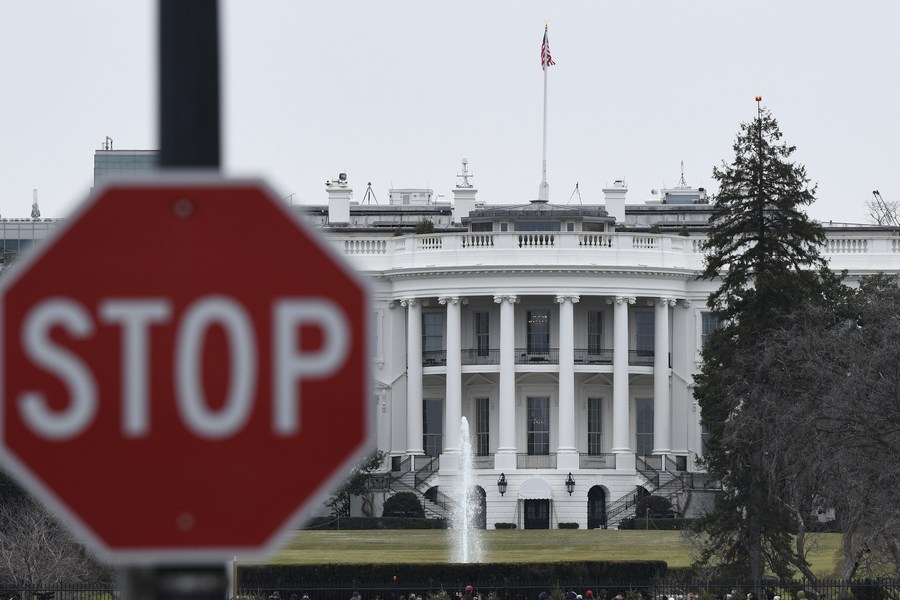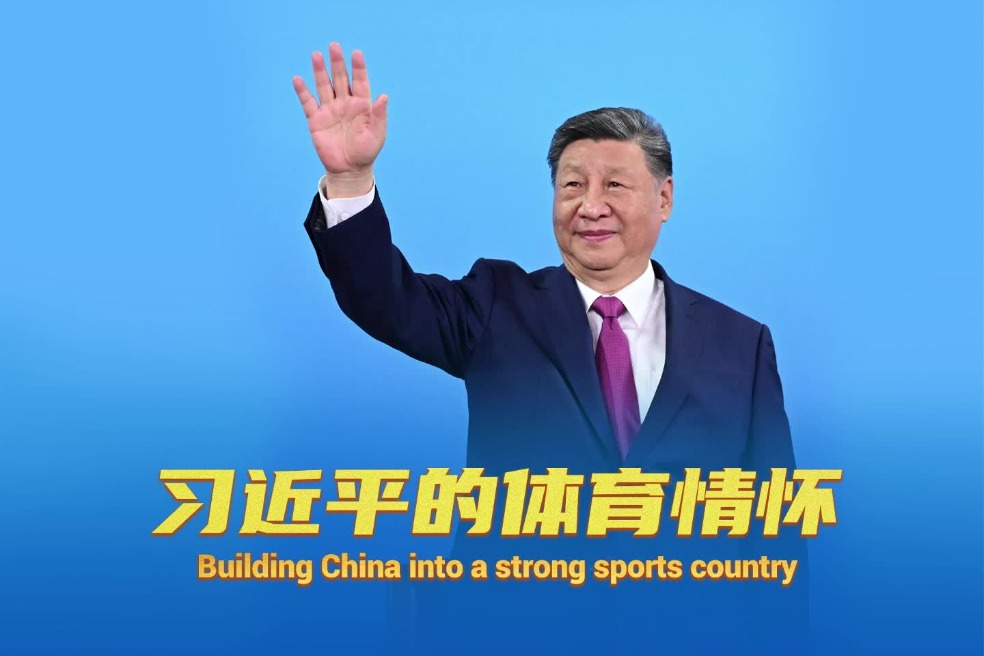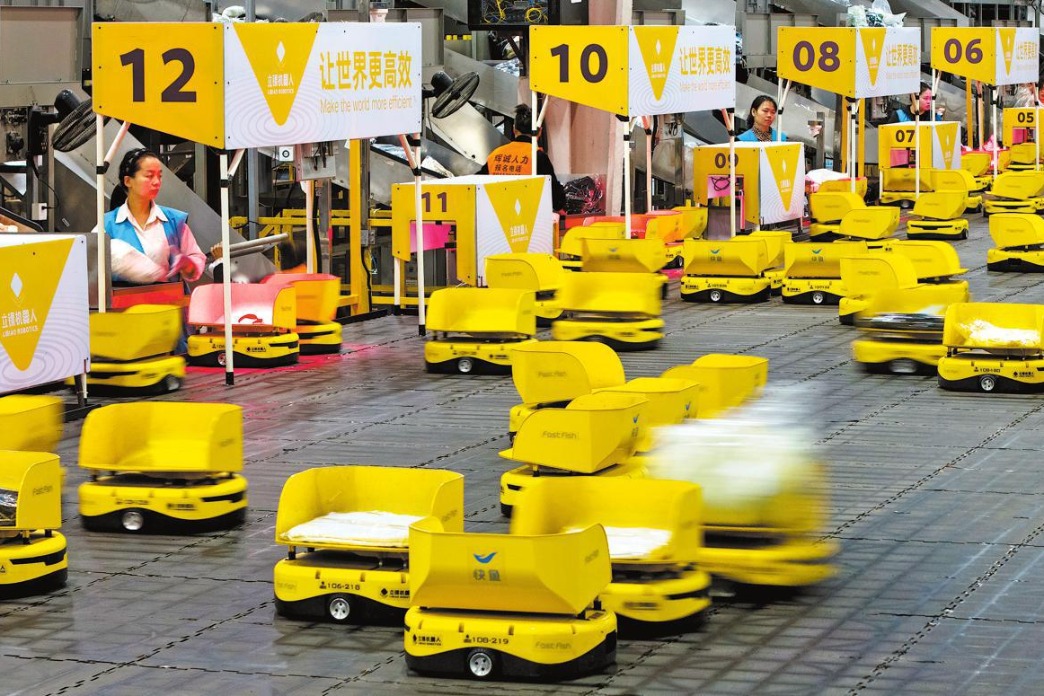US is a past master at weaponizing food


The Russia-Ukraine conflict has raised concerns worldwide about food security. While increasing unilateral sanctions against Russia and condemning it for "weaponizing" food, the United States and some other Western countries have also targeted China. In fact, several US media outlets have accused China of hoarding more than half of the world's corn and wheat, and blamed it for the global food crisis.
The accusations made by the US and other Western media disregard facts and amplify concerns over the food crisis, in order to prompt people who don't know the truth to blame China for the global ills.
The truth is that global food insecurity has been a problem for a long time. It has exacerbated this year due to multiple factors including the COVID-19 pandemic, geopolitical conflicts, rising energy prices and extreme weather events. The US-led West is accusing "China of food hoarding" and hyping up the "weaponization" of food rhetoric to shift the blame for the rise in global food and energy prices from the US to China.
First economy to weaponize food
However, contrary to the West's claim of "China hoarding food", it is the US that has weaponized food from production to trade. And since the US is the first and largest economy to weaponize food and has been doing this for the longest time, it should bear the primary responsibility for the rise in global food prices and the food crisis.
Some major food exporting countries, including the US, have frequently used food as a weapon-for instance, by controlling food exports-to achieve their narrow political goals. Earl Butz, secretary of agriculture in the Richard Nixon and Gerald Ford administrations, publicly proclaimed that "food is a weapon".
Butz suggested that the US treat food as a weapon when developing diplomatic relations with another country. By virtue of its scale of agricultural production, the US can starve another country into submission by refusing to export food to it. The US has been indulging in such acts to increase its say in international relations.
Over time, this concept has evolved into a sophisticated foreign aid and sanctions policy for the US. Using the government, businesses and capital, and with the help of its food aid programs, "green revolution", genetically modified technology and biofuels, the US has gradually established its hegemony in the field of food.
US uses sanctions to suppress others
The US has issued the highest number of food embargoes or sanctions against other countries. According to research by Gary Clyde Hufbauer of the Peterson Institute for International Economics, since the 1950s, the US has initiated eight of the 10 export embargoes involving food.
For example, the US imposed a grain embargo on the Soviet Union from 1980 to 1981 in response to the latter invading Afghanistan. But in addition to political and diplomatic reasons, the US has also announced food embargoes because of domestic shortages. In 1973, the US imposed a short-term soybean embargo on the Soviet Union and several Eastern European countries due to concerns over the adverse impact of surging soybean prices on its macroeconomic stability.
Food aid in the name of humanitarianism is also an important means for the US to influence supply and demand in the global food market. Over the years, the US has provided huge subsidies and other support measures for American farm owners, leading to overproduction.
According to US laws, the food aid must comprise "crops grown in the United States". Markets abroad are flooded with "free US food", which prevents local agriculture from developing. The lack of development in food production in these countries in turn increases their reliance on US aid and exacerbates the situation-and the cycle goes on. Through such means, the US has gained enormous international political clout.
In face of soaring domestic inflation and tightening global food supply, the US has once gain activated its "food weaponization" program.
The "ABCD" quartet of companies-ADM, Bunge, Cargill and Louis Dreyfus-control 80 percent of the world's grain spot trading. Except for Louis Dreyfus, the other three are US companies. The four companies dominate the grain trading process.
The fact that Swiss commodity trading giant Glencore was recently fined $1.1 billion for years of illegal manipulation of the US crude oil benchmark agency shows that it is necessary to strengthen the supervision of these giant traders, so as to prevent them from manipulating the international food market.
Also, the US is one of the most important trading markets for global grain futures and one of the most important grain pricing centers in the world. However, due to the lack of effective and systematic supervision, the loose trading rules of various exchanges and the lagging risk disposal measures, the prices of commodities, including grain, have repeatedly fluctuated violently.
In 1989, for example, Ferruzzi held more than 85 percent of the total market position in soybean futures until the US Commodity Futures Trading Commission stepped in to stop the spread of market risks. Yet since the 1990s, thanks to the CFTC relaxing control on speculative trading in agricultural commodity futures and easing restrictions on the number of transactions, speculation in agricultural commodities has greatly increased, making the US commodity futures market a paradise for speculators and further amplifying the risks of the food market.
China is a major food producing and consuming country, and the country has always attached great importance to food security. China has also introduced a food security policy for "ensuring basic self-sufficiency of grain and absolute security of staple food", and practices a strict farmland protection system and a sustainable farmland use policy while applying innovative agricultural technology to increase productivity.
Moreover, that China feeds one-fifth of the world's population with just 9 percent of the world's arable land and 6 percent of freshwater is a great contribution to global food security.
China has also fulfilled its international obligations to help developing countries increase their food production capacity. China gives the most financial assistance, dispatches the most number of experts and is involved in the highest number of projects under the South-South cooperation framework of the UN Food and Agriculture Organization.
More important, since the COVID pandemic outbreak in early 2020, China has not restricted food trade nor has it indulged in aggressive purchase of food from global markets. Instead, China has positively responded to UN initiatives to stabilize global food supply by providing emergency food aid to many countries.
Contrary to the West's claim, China is a victim of rising global food prices. Chinese customs data show that in 2021, the country imported food worth $74.8 billion, which accounted for only 4.3 percent of the global food imports, according to the FAO. This means China's food import volume was basically the same or even less, and the increase in import value was due to rising prices.
Rising food prices a burden on China
Based on 2021 prices, the rise in international food prices has already cost China an additional $5 billion in food imports from January to April. The above facts make it clear who gains and who loses from rising food prices. Food security is vital to maintaining global peace and development.
There is also a need to strengthen international cooperation to promote the equitable distribution of food and the sustainable development of the food sector. In this regard, it is the US, not China, which needs to reflect on its policies and actions.
The author is a researcher at the Institute of American Studies, Chinese Academy of Social Sciences. The views don't necessarily reflect those of China Daily.


































